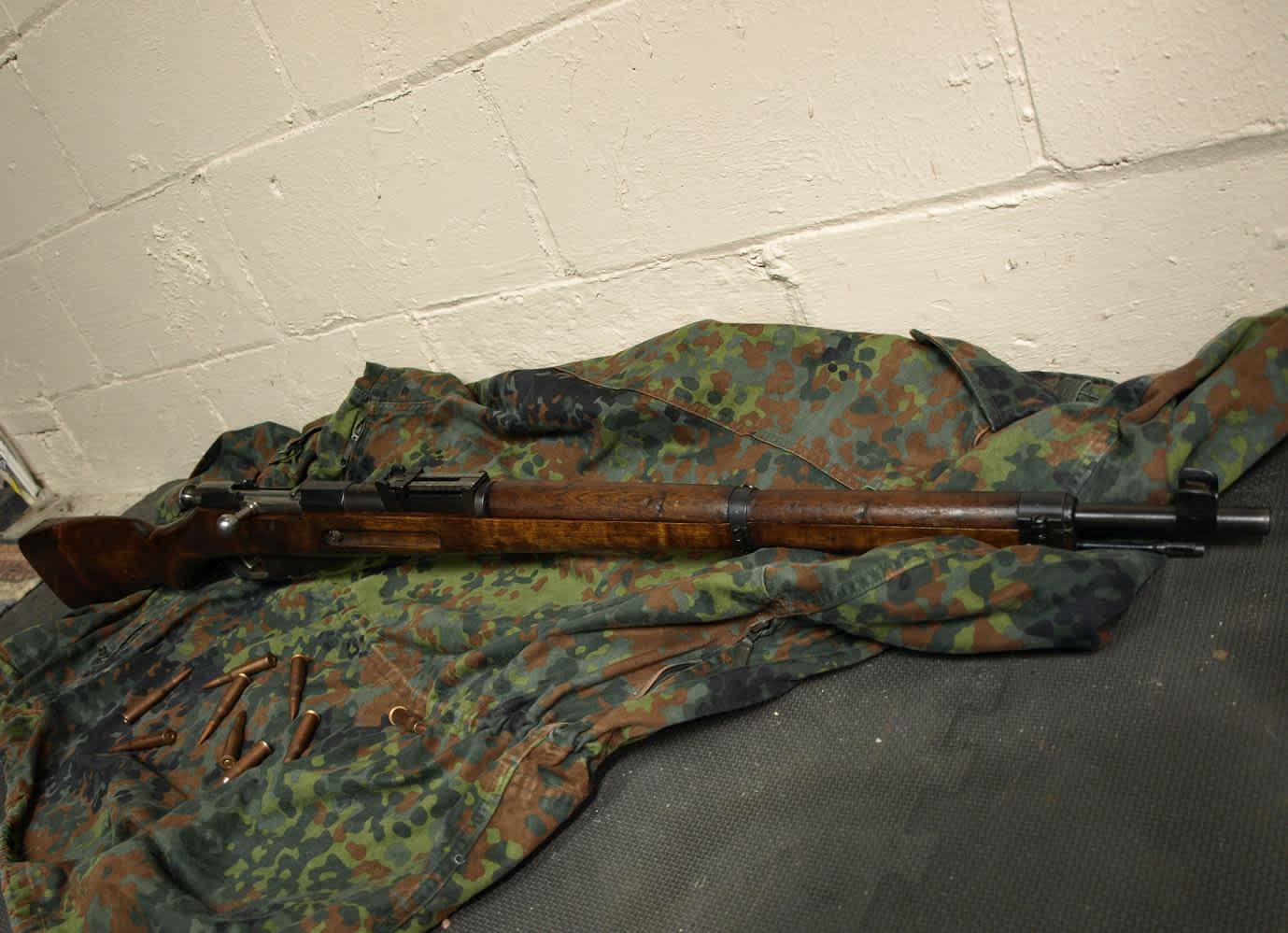The Finnish m/39: Specs
Matt Korovesis 06.15.11

This article is part of a series on the Finnish m/39 rifle. To read about the history of the rifle, click here. To read about taking the rifle to the range, click here.
Just like the Russian Model 1891 rifle, the Finnish m/39 is a bolt-action rifle fed by a five round internal box magazine and chambered in 7.62x54mmR (the “R” stands for “Rimmed,” not “Russian”), though the Finns later experimented with their own 7.62x53mmR cartridge. It shares many features with the original Mosin rifle design, including its very simple, very durable and quickly disassembled bolt. Longevity and ease of disassembly were on the minds of those judging the original Model 1891 and the m/39 keeps those features.
The m/39 was the last of the Finnish variants to be domestically designed and produced and it shows. It features a few design aspects representative of the transition from bolt-action long rifles in general military service to more compact assault rifles and semi-automatic carbines, like a pistol grip buttstock (though some early models had straight stocks) and a comparatively shorter barrel. Almost all Finnish variants of the rifle are considered more well built, more accurate and more reliable than their Russian counterparts and the m/39 is no exception.
The Finns had tighter bores and a higher requirement for mechanical accuracy than the Soviet Model 91/30, the last non-carbine model produced by the Soviets, with some sources indicating an acceptance level of 1-2 minutes of angle, or roughly 1-2″ between shots at 100 yards. Though the mechanical accuracy has certainly deteriorated since it left the factory some seventy years ago, you can be sure that if you buy a m/39 rifle in good condition with a good bore you’ll be landing plenty of shots on target.
The overall length of the m/39 is shorter than the Model 1891 and 91/30 but the gun will still feel overlong for someone accustomed to modern military arms. The m/39 comes in at 46 ¾” long with a 27” barrel, compared to the 51 ½” and 31 ½” of the Model 1891 and 48 ½” and 28 ¾” of the Model 91/30. The stock has a much more solid and consistent feel, with the lower handguard sloping down into the magazine and pistol grip, without the rear barrel band and awkward step between the handguard and rest of the barrel stock that other Mosins have.
The m/39 weighs in at 9 ½ pounds, ¾ pounds heavier than the Soviet 91/30. The extra weight helps with the recoil of the powerful 7.62x54mmR round and gives the weapon more heft. If you put a Model 91/30 and a m/39 next to each other and pick them up one after the other, you can feel the difference. The m/39 handles like a solid and sturdy weapon of war, while the 91/30 makes it obvious it’s just a long metal pipe laid in a few pieces of wood.
Another distinguishing feature of Finnish Mosins are their striking stocks. Made from Finnish birch, they often display attractive alternating patterns of light and dark wood. Some stocks with “tiger striping” even demand a higher premium than their less distinctive counterparts. All in all, Finnish m/39s can be very aesthetically pleasing firearms.

